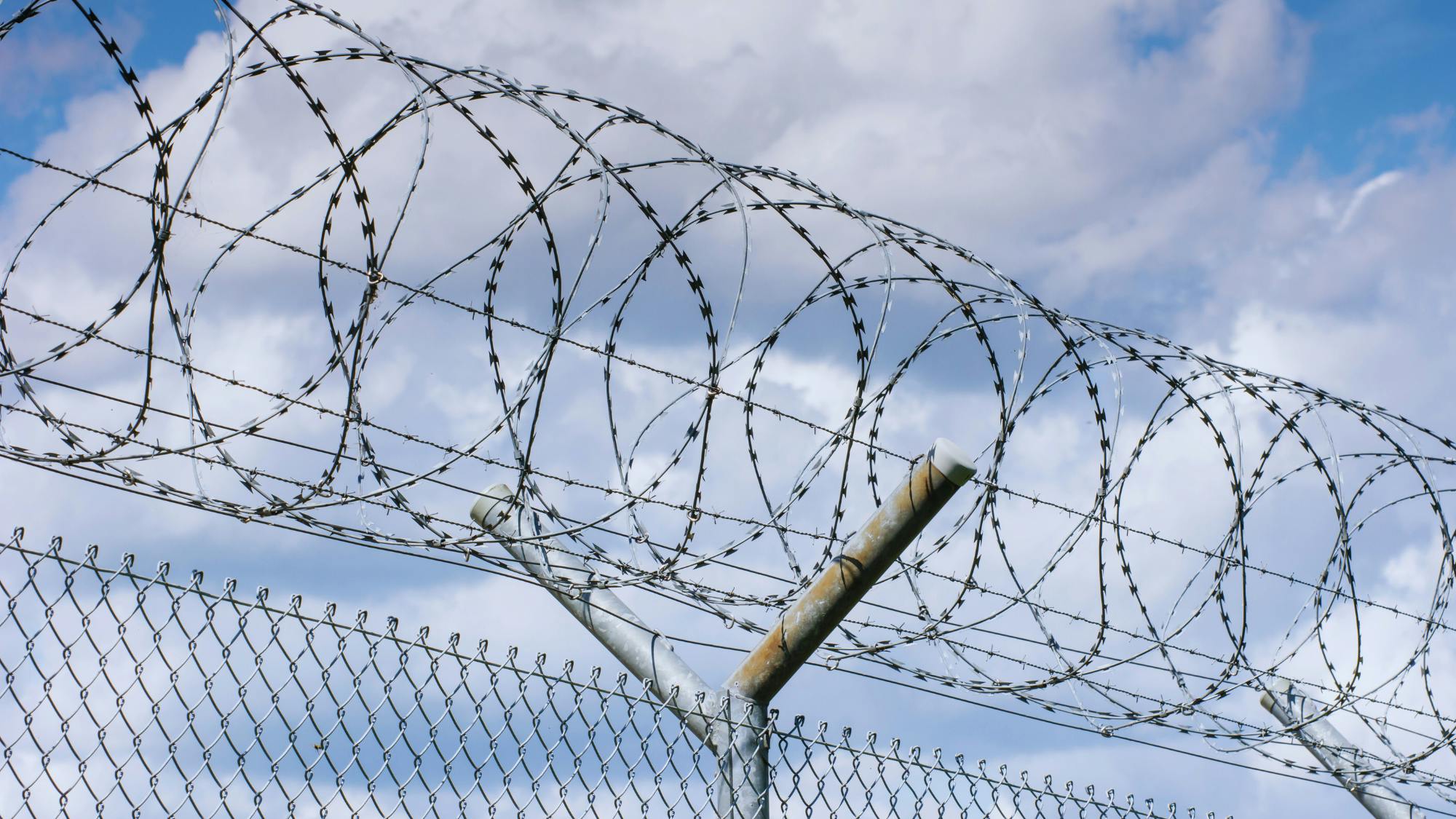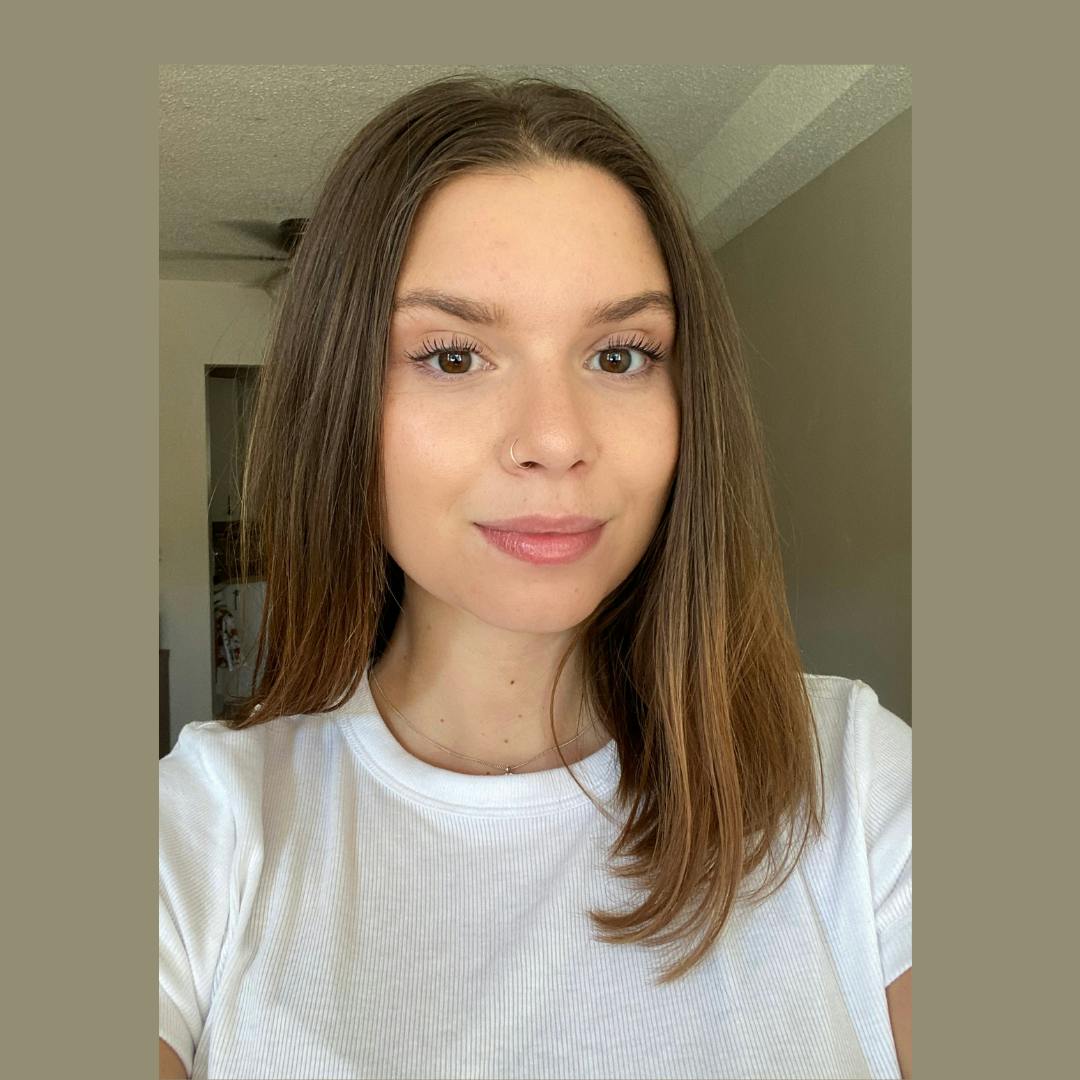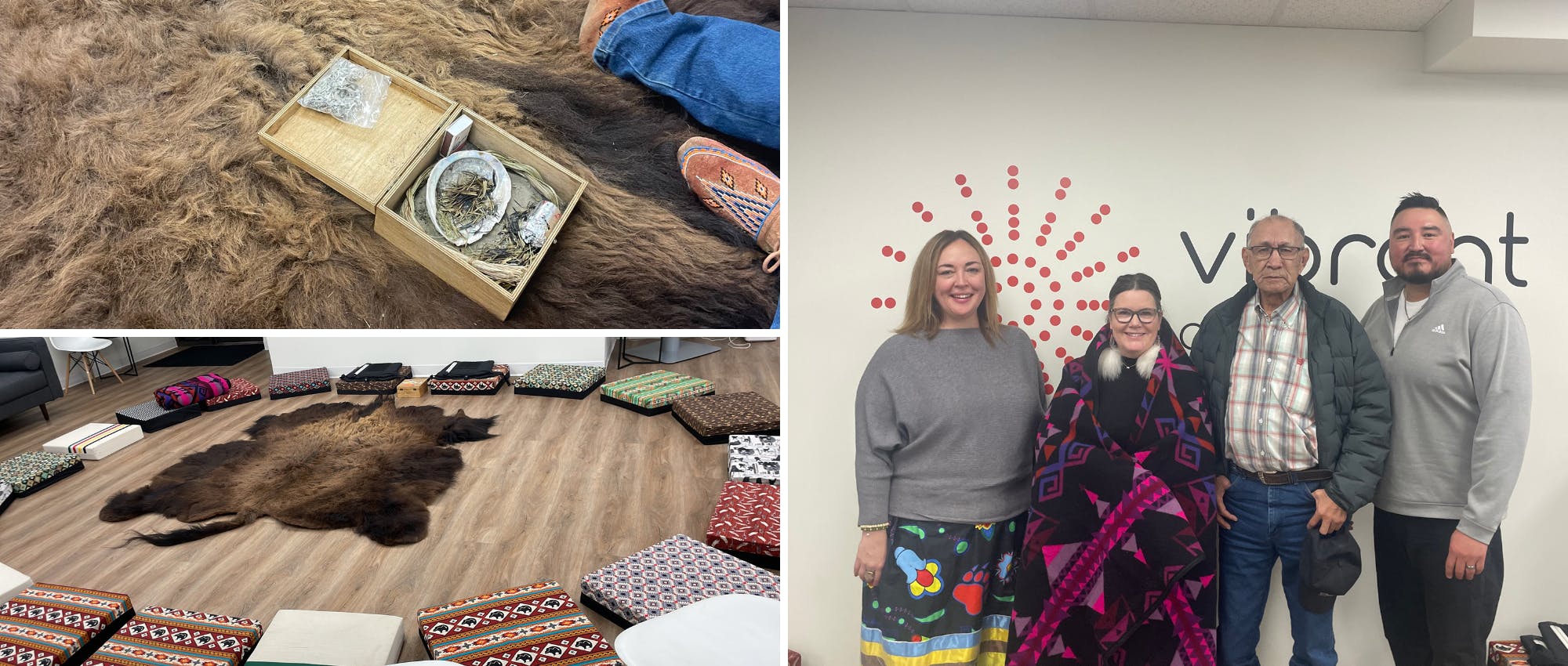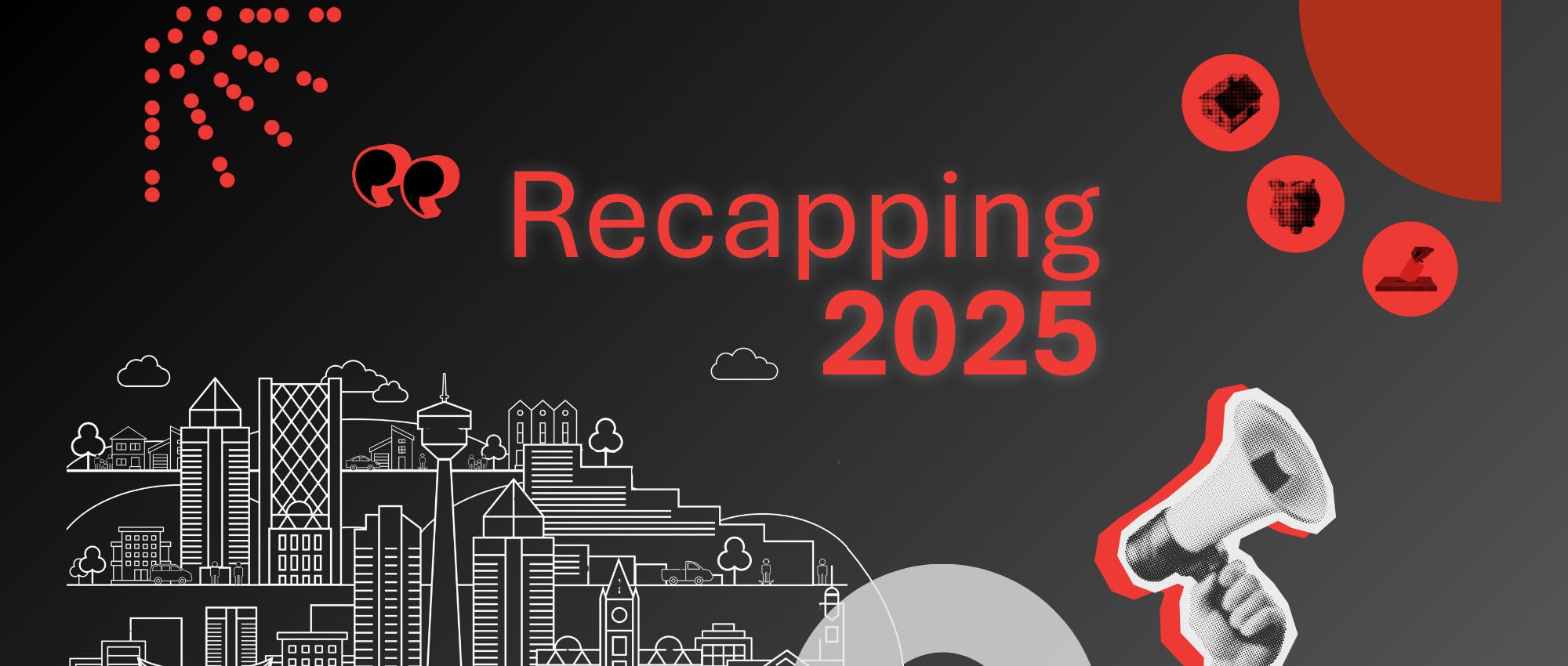What are some of the biggest challenges women face after release from prison?
Our study affirmed numerous barriers that women endure when leaving prison. The first is housing because women are often released into houselessness. Another big challenge is having a criminal record and trying to find employment. Women want to work, but people won’t hire them. Related to this is the stigmatization and social isolation they face in the community. This often results in a return to former habits, old friends, addictions, and abusive partners because they have nowhere else to go.
Obtaining ID is another struggle they endure. During the incarceration process, their ID can get lost. Yet, to do pretty much anything on the outside - open a bank account, get housing - you need ID; the women explained that getting their ID could take weeks, even months. What is striking to us is that despite these challenges, the women - every single one we spoke to – have hope for a better life. They are resilient – they are survivors. One of the women we spoke with was literally walking around in the dead of winter, trying to stay warm and find a place to stay for the night, yet she talked about wanting to go to college and become a social worker to help others like her.
How has COVID-19 impacted how women transition from prison to community?
COVID-19 has exacerbated existing barriers to re-entry for women leaving prison but has also caused new challenges to emerge. During COVID-19, prison programming was either canceled or provided over the phone to mitigate associated risks. One of the women we spoke to described how her parole date was pushed back because the programming that was required for her release was not offered because of pandemic restrictions. The pandemic also influenced community programming and supports. Many women and community service providers shared that accessing supports was a significant barrier because everything moved online. Not surprisingly, many women who experience criminalization do not have access to computers, phones, or (stable and private) internet to attend community programming. The women also discussed the lack of social interaction as a barrier; one woman shared that coming outside during the pandemic was the hardest part for her because no one would look at or speak to each other, furthering the isolation and exclusion she had felt compared to previous re-entry experiences.
Are there any policy recommendations or changes you’d like to see that would help formerly incarcerated women, particularly Indigenous women?
Our community is doing a great job, especially with limited resources which are continually getting cut. Community organizations that support women re-entering the community need more resources and support. However, we also need to break down the barriers between the community and prisons so that transitioning out of prison is a smoother, more connected process. An example of this is having housing and ID arranged prior to release. Ideally, a job would be arranged as well. It would be beneficial to permit volunteers from the community into prisons to mentor the women and build supportive relationships in the community. We also must consider whether knowledge of a person’s criminal record is really necessary to disclose in all employment cases. We must make it easier for women to access the supports and resources that already exist. One of our frontline workers suggested having a “one stop” hub where a woman released from prison could access all the resources she might need: housing support, employment support, help getting ID, food, clothing, information on addiction support programs, and bus tickets. As it now stands for many of these women, they are required to seek out support on their own, often in a city they are unfamiliar with, without a phone or access to transportation. We need to make this time less challenging for them. And while there are larger, structural transformations that need to happen, including;
- Addressing poverty
- Dealing with racism and colonial legacies
- Dealing with broader issues of violence against women, and Indigenous women specifically Missing and Murdered Indigenous Women and Girls,
- Questioning whether prison is the best place to send people with histories of serious victimization







